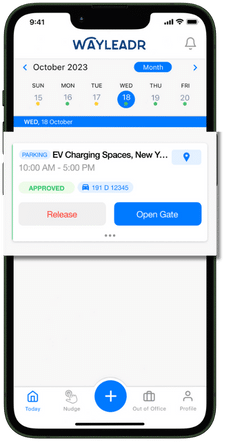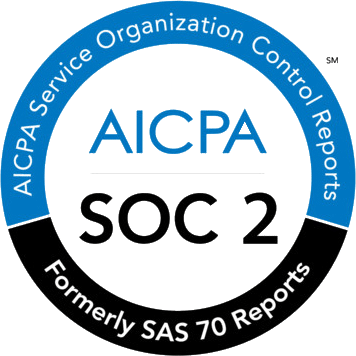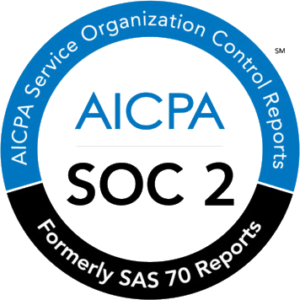As we cruise into the second half of 2024, the electric vehicle (EV) revolution is charging full speed ahead. With EV adoption rates soaring, workplace charging stations are no longer a futuristic concept but a present-day necessity.
Facilities managers find themselves at the forefront of this transformation, tasked with implementing and managing EV charging infrastructure that meets the evolving needs of employees, visitors, and organizations alike.
This guide will navigate you through the best practices for installing and managing EV chargers in workplace settings, ensuring you’re well-equipped to lead the charge towards a more sustainable future.
Table of Contents
ToggleAssessing Needs and Resources: The Foundation of Success
Before diving into installation plans, it’s crucial to understand the specific needs of your workplace and the resources at your disposal.
As a facilities manager, your role extends beyond simply installing charging stations; you’re the conductor orchestrating a symphony of stakeholders and data points.
Start by collaborating with key players such as sustainability managers, fleet managers, and HR teams. This cross-functional approach ensures all perspectives are considered and helps align EV charging initiatives with broader organizational goals.
- Types of EVs currently used by employees and visitors
- Daily commute distances
- Dwell times in parking areas
- Projected EV adoption rates within your organization
This data forms the bedrock of your planning process, helping you determine the number and types of chargers needed, as well as their optimal locations.

Planning and Installation: Powering Up Your Strategy
With a clear understanding of your needs, it’s time to plan your charging infrastructure. This stage requires careful consideration of several factors:
- Site Analysis: Conduct a thorough assessment of your available power supply. Engage with local utility companies and electrical engineering teams to understand site-specific constraints and requirements. This step is crucial in determining whether your existing infrastructure can support the planned charging stations or if upgrades are necessary.
- Load Balancing: Implement smart load balancing technology to manage demand effectively. This ensures that your charging infrastructure doesn’t overload your building’s electrical system during peak usage times.
- Future-Proofing: Plan for scalability from the outset. The EV market is growing rapidly, and your charging infrastructure should be able to grow with it. Consider installing extra conduit and electrical capacity during initial installation to make future expansions more cost-effective.
Cost Considerations: Balancing Investment and Return
Understanding the financial implications of EV charging infrastructure is crucial for facilities managers. Here’s what you need to consider:
Charger Types and Costs:
- Level 1 Chargers: The most basic and least expensive option, suitable for long dwell times.
- Level 2 Chargers: The most common choice for workplace charging, offering a good balance of charging speed and cost.
- DC Fast Chargers: The fastest option, but also the most expensive to install and operate.
When selecting chargers, it’s essential to adopt a total cost mindset. While it might be tempting to opt for less expensive options initially, these may lead to higher long-term costs due to limited capabilities or the need for earlier replacement.
- Financing and Incentives: Explore various financing options and government incentives available for workplace charging installations. Many utilities and local governments offer rebates or grants that can significantly offset installation costs.
- Tariff Structures: Develop a flexible tariff system for employees, visitors, and potentially the public. This can help recover costs while encouraging efficient use of the charging infrastructure.
Operational Best Practices: Keeping the Wheels Turning Smoothly
Once your charging stations are up and running, effective management becomes key. Here are some best practices to ensure smooth operations:
- Data Analytics: Utilize robust data analytics tools to monitor usage patterns, energy consumption, and system performance. This data can help you optimize your charging infrastructure and identify potential issues before they become problems.
- Smart Diagnostics and Alerts: Implement a system that provides real-time alerts for charger malfunctions or maintenance needs. This proactive approach minimizes downtime and ensures a positive user experience.
- User Management: Consider implementing a reservation system to manage demand and ensure fair access to charging stations. This is where Wayleadr’s software can be particularly beneficial, offering an efficient solution for managing EV charger rotations and bookings.
Future-Proofing: Staying Ahead of the Curve
The EV landscape is rapidly evolving, and staying ahead requires a forward-thinking approach:
- Renewable Integration: Consider integrating renewable energy sources, such as solar panels, with your charging infrastructure. This not only enhances sustainability but can also provide a hedge against rising electricity costs.
- Technology Advancements: Keep an eye on emerging technologies like bi-directional charging, which could turn your EV fleet into a valuable energy storage resource for the building.
- Regulatory Changes: Stay informed about changing regulations and standards in the EV charging space. This knowledge will help you make informed decisions about upgrades and expansions.
Conclusion
As a facilities manager, you play a pivotal role in shaping the future of workplace transportation. By implementing robust EV charging infrastructure, you’re not just installing a few charging points – you’re driving your organization towards a more sustainable, efficient future.
Remember, successful implementation hinges on strategic planning, stakeholder engagement, and a commitment to future-proofing. With the right approach and tools like Wayleadr’s EV charger management software, you can create an EV charging solution that meets current needs and is ready to evolve with the dynamic world of electric mobility.
Are you ready to lead the charge? The electric dreams of a cleaner, more sustainable workplace are within reach – and you hold the keys to making it happen.












